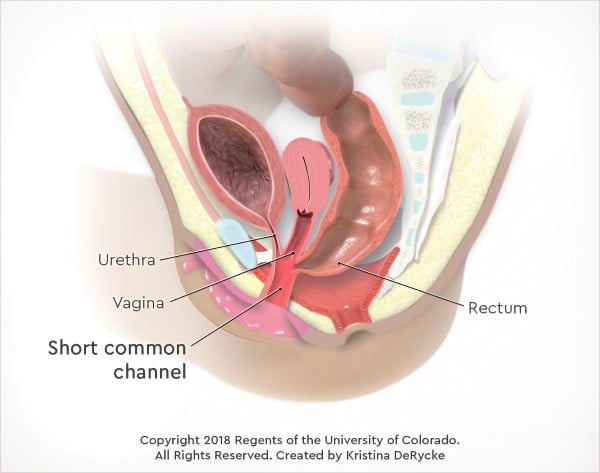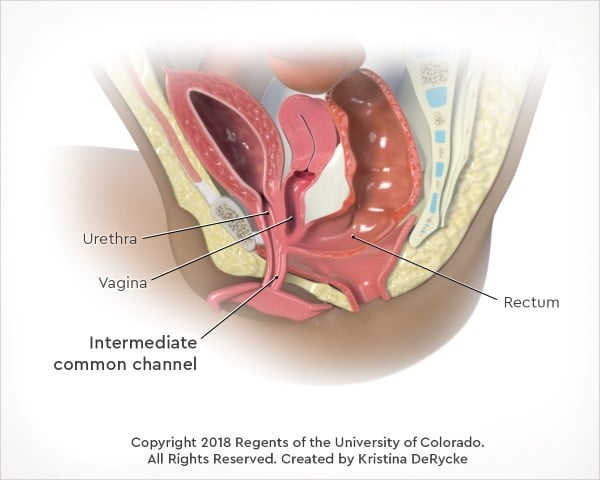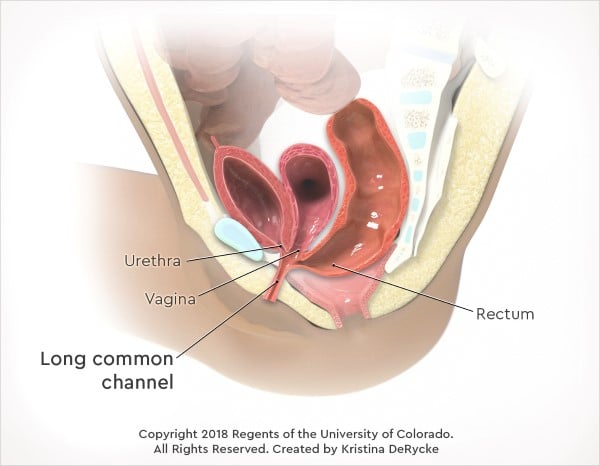- Doctors & Departments
-
Conditions & Advice
- Overview
- Conditions and Symptoms
- Symptom Checker
- Parent Resources
- The Connection Journey
- Calm A Crying Baby
- Sports Articles
- Dosage Tables
- Baby Guide
-
Your Visit
- Overview
- Prepare for Your Visit
- Your Overnight Stay
- Send a Cheer Card
- Family and Patient Resources
- Patient Cost Estimate
- Insurance and Financial Resources
- Online Bill Pay
- Medical Records
- Policies and Procedures
- We Ask Because We Care
Click to find the locations nearest youFind locations by region
See all locations -
Community
- Overview
- Addressing the Youth Mental Health Crisis
- Calendar of Events
- Child Health Advocacy
- Community Health
- Community Partners
- Corporate Relations
- Global Health
- Patient Advocacy
- Patient Stories
- Pediatric Affiliations
- Support Children’s Colorado
- Specialty Outreach Clinics
Your Support Matters
Upcoming Events
Mental Health Town Hall
Tuesday, April 23, 2024Join Children’s Hospital Colorado pediatric experts for a virtual...
-
Research & Innovation
- Overview
- Clinical Trials
- Q: Pediatric Health Advances
- Discoveries and Milestones
- Training and Internships
- Academic Affiliation
- Investigator Resources
- Funding Opportunities
- Center For Innovation
- Support Our Research
- Research Areas

It starts with a Q:
For the latest cutting-edge research, innovative collaborations and remarkable discoveries in child health, read stories from across all our areas of study in Q: Advances and Answers in Pediatric Health.


Colorectal and Urogenital Care
Cloaca
We see more, treat more and heal more kids than any other hospital in the region.

What is cloaca?
Cloaca is an anorectal malformation that affects the rectum and urogenital tract in females. Females are normally born with three perineal openings: urethra, vagina and anus. Children born with a cloaca only have one opening because the urethra, vagina and rectum are joined together as a common channel instead of three separate ones. They may also may have more than one uterus and vagina.
What are the types of cloaca?
The length of the common channel may vary between 1 cm and 10 cm. The length of the common channel affects prognosis (health outlook) and determines the type of surgery that a child will need. The shorter the common channel, the better the prognosis for bowel and urinary control will be.
Short common channel (less than 3 cm in length)

Intermediate common channel (between 3 and 5 cm)

Long common channel (more than 5 cm)

What other health problems can occur with cloaca?
- Hydrocolpos: At birth, about 30% of infants have hydrocolpos (a distended vagina), which is caused by accumulation of fluid and/or mucus inside the vagina.
- Urologic problems: About 50% of infants have urologic problems such as hydronephrosis, vesicoureteral reflux, an absent kidney and megaureter (enlarged ureter). Ureters are tubes that carry urine from the kidneys to the bladder.
- Gastrointestinal problems: About 11% of infants with cloaca will have esophageal atresia and 3% will have duodenal atresia. Esophageal atresia is a condition in which the esophagus does not develop properly. Duodenal atresia is a condition in which the small bowel does not develop normally.
- Heart problems: About 30% will have heart problems such as atrial septal defect and tetralogy of Fallot and patent ductus arteriosus. Patent ductus arteriosus is an open connection between the aorta and the pulmonary artery.
- Spinal problems: About 25% of children will have a tethered spinal cord.
The Connection Journey
Living a full life with cloaca
It's never easy to learn that your child will be born with a serious condition like cloaca that requires life-long management. Children born with cloaca will need several surgeries to treat the condition and reconstruct their anatomy. Our experienced family talks about their daughter's surgeries and how their family has managed through it all.
What are the signs and symptoms of cloaca?
Your baby will have only one opening in the perineum, instead of three. She may also have abdominal swelling if she has hydrocolpos. Your child may have other signs and symptoms if she has other health problems.
What tests are used to diagnose cloaca?
A healthcare provider may diagnose cloaca on an ultrasound before a baby is born. Our providers at the Colorado Fetal Care Center can perform this diagnosis.
Some infants will be diagnosed during a physical exam after birth. Tests will be done to evaluate for associated anomalies during the first 24 hours or life:
- An echocardiogram is performed to determine if there are heart defects.
- Abdominal and sacral X-rays may be done to evaluate bowel distension (dilation) at birth, and to rule out signs of esophageal or duodenal atresia as well as hemivertebrae or extra/missing ribs. The sacral X-ray allows us to calculate the sacral ratio, which influences future prognosis for bowel control.
- An ultrasound of the kidneys, pelvis and spine may be done to evaluate the kidneys, to check if the vagina is distended (pelvis) and to rule out a condition called tethered spinal cord.
How is cloaca treated?
Treatment for cloaca requires surgery called posterior sagittal anorecto-vagino-urethroplasty (PSARVUP). During PSARVUP, the surgeon separates the urethra, vagina and rectum so there are three perineal openings in the perineum, instead of a single one. The main reconstructive surgery will be done when your child is about 2 to 6 months of age.
Usually on the second day of life, babies with cloaca will have surgery to create a colostomy, a surgical procedure to allow your baby's stools to pass. They will also have a hydrocolpos drainage to decompress the vagina, if needed.
Once we see that your baby is growing well, we can plan for PSARVUP surgery. The type of surgery your child will have depends on the length of the common channel. Treatment of any other health problems will also be needed.
Why choose Children's Hospital Colorado for the treatment of your child's cloaca?
Our colorectal team is led by internationally renowned pediatric colorectal surgeon Alberto Peña, MD. Dr. Peña developed the surgical technique used to treat cloaca and other anorectal malformations that is now widely used by top surgeons all over the world and has since been adapted to treat multiple conditions. Dr. Peña and Andrea Bischoff, MD, have worked together for more than 10 years diagnosing and treating anorectal malformations such as cloaca.
We apply a multidisciplinary approach to diagnosing and treating children with anorectal malformations. Our team is made up of pediatric specialists such as urologists, gynecologists, nephrologist, psychologists, neurosurgeons and orthopedists. This multidisciplinary approach ensures that your child gets the comprehensive care they need to ensure the best possible outcomes.
Next steps
-
Would you like to learn more about us?
Learn more about the International Center for Colorectal and Urogenital Care Department -
Do you have questions about your child’s condition?
720-777-9880

Compassionate care, wherever you are
We’re here when you need us. Telehealth appointments are available across every specialty, so you can get the high-quality care we’ve always offered from the comfort, privacy and convenience of home.
See if telehealth is right for you



 720-777-0123
720-777-0123



